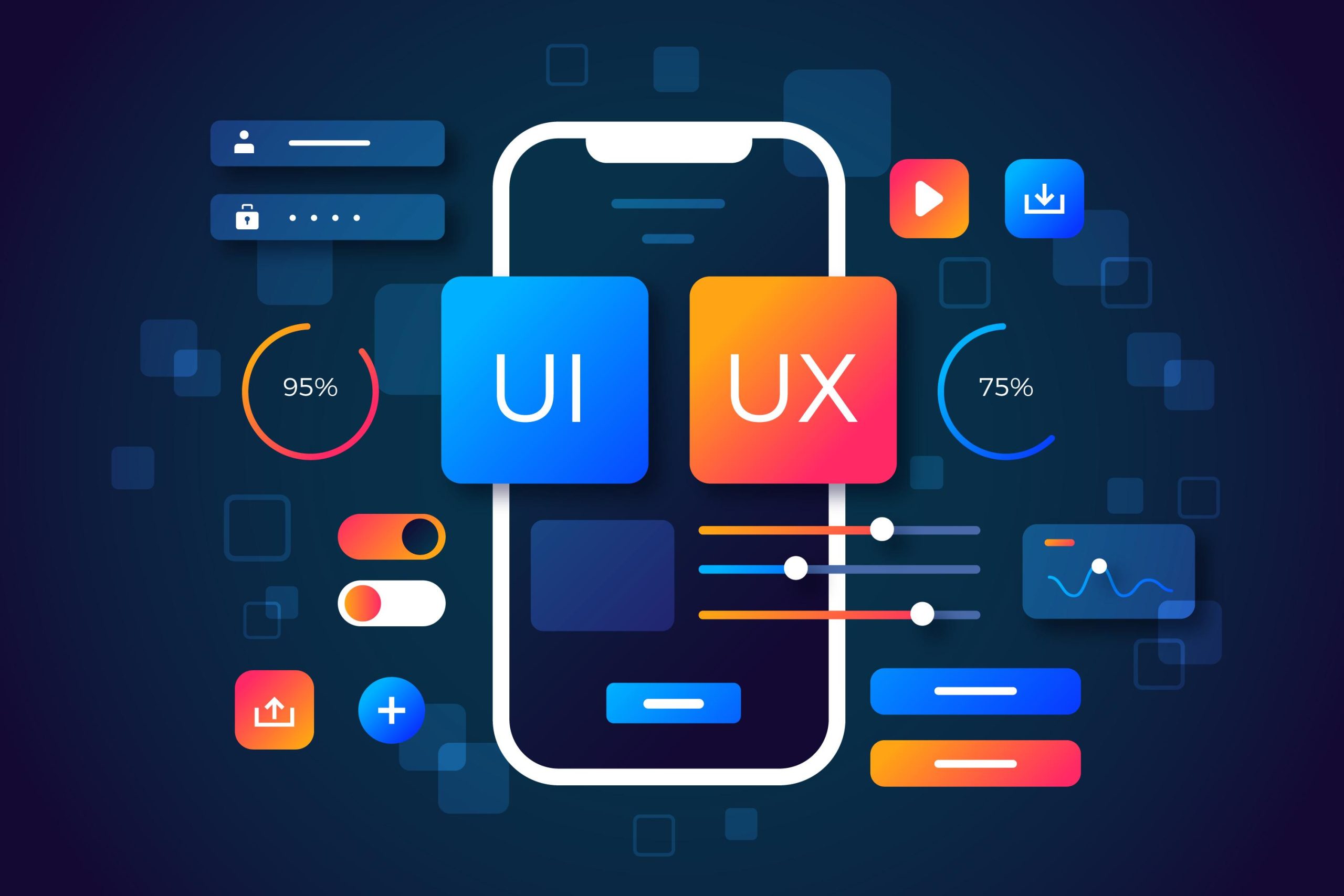Optimizing User Experience in eLearning: Tips for Success
eLearning Company has completely transformed the way by which one acquires knowledge and skills in the age of digitalization. It provides learners all over the world with easy access, convenience, and flexibility. However, user experience design must come first if eLearning is to be truly effective. In this blog, we’ll explore the user experience design process, its significance, and successful implementation. These ideas might help you to maximize the user experience and excel in your e-Learning endeavors.
User Experience Design Process:
UX design is essential for effective e-learning programs. UX designers must consider visual design, interaction design, and information architecture to provide learners with a positive learning experience.
In eLearning, UXD involves creating a user-friendly and captivating learning environment for students.
The process includes the following steps:
1. Research and Analysis: We start by understanding the requirements, objectives, and preferences of the target audience. This helps us identify problems and areas for improvement through data analysis, user surveys, and research.
2. Design and Prototyping: Once the research is complete, we create wireframes and prototypes that outline the functionality and structure of the eLearning platform. It allows us to test and refine design concepts based on user feedback.
3. Visual Design: Visual design is crucial for a good user experience. We use appealing visuals, clear hierarchy, and consistent use of fonts, colors, and images to create engaging eLearning interfaces. We also enhance learning by videos, infographics, and animations.
4. Information Development: To ensure successful e-learning, we focus on creating interesting and relevant content. The information should be clear, engaging, and aligned with the learning objectives. Multimedia elements like animations, quizzes, and films can further enhance the user experience.
5. Testing and Evaluation: Before launching the eLearning platform, extensive testing is conducted to identify and fix any usability issues. User testing and feedback gathering help us improve the design and enhance the overall user experience.

Instances of Effective User Experience Design:
Let’s look at a few examples of successful e-learning UX design.
1. Duolingo: The language-learning app Duolingo offers a flawless and enjoyable learning environment. It makes language learning interesting and fun by using interactive activities, an attractive interface, and personalized progress tracking.
2. Khan Academy: Known for its extensive collection of instructional videos and interactive exercises, Khan Academy has an easy-to-use layout that allows students to navigate between different subjects effortlessly. The platform also offers progress tracking and customized learning paths.
3. Coursera: Coursera prioritizes usability and accessibility in its user experience design. It provides simple navigation, an intuitive design, and interactive educational resources. The platform also incorporates peer assessment tools and discussion boards to enhance student engagement.
Why does user experience design matter?
In eLearning, user experience design is essential for the following reasons:
Enhanced Engagement: A well-designed user experience engages and keeps learners interested in the procedure. This results in improved retention and information acquisition.
Improved Learning Outcomes: Learners may concentrate on the content rather than struggle over the platform when an intuitive interface and navigation are designed. This results in improved learning outcomes.
Increased User Satisfaction: When learners have a positive experience with an eLearning platform, they are more likely to continue their learning journey and refer others to it. Positive word-of-mouth has a significant impact on the success of an eLearning project.
“Success in digital learning depends on making eLearning user-friendly.”
Education professionals and designers can enhance learning by creating captivating platforms with visually appealing and interactive content. Take inspiration from the examples provided to create an awesome user experience. Remember, when learners are happy, eLearning becomes successful. Keep it simple, make it fun, and witness the amazing impact of your digital learning!



Leave feedback about this